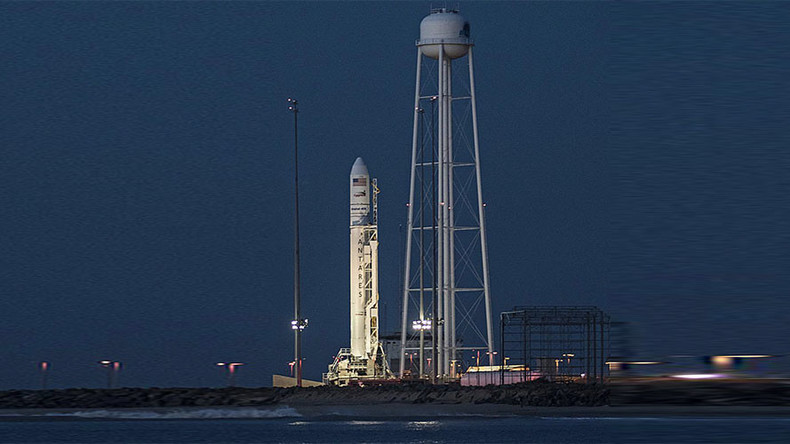In 1976, the United States sent a pair of space probes, known as Viking 1 and Viking 2, to Mars.
Viking 1 was launched on August 20th, 1975, and Viking 2 was launched
in September of the same year. Both probes photographed the surface of
Mars from orbit, and one studied the planet from the surface.
The first one touched down on the surface of Mars on July 20th, 1976 and the second a couple of months later.
The main objectives of the mission were to obtain high-resolution images of Mars, to look for any evidence of life, and to learn more about the structure and composition of the atmosphere.
As Viking 1 spacecraft was circling the planet, it spotted the shadowy likeness of a human face.
An enormous head nearly two miles from end to end seemed to be staring back at the cameras from a region of the Red Planet called Cydonia. A pyramid structure was also seen. This will be the main topic of this article.
As a quick side note here, for years we’ve been made to believe that Mars is a dry and arid planet, completely devoid of life, but that’s just not the case. Mars actually used to be an Earth-like planet, with giant oceans and extensive greenery.
The soil is moist and wet, and there is a very high likelihood that some type of life exists within the interior of Mars today.
The first one touched down on the surface of Mars on July 20th, 1976 and the second a couple of months later.
The main objectives of the mission were to obtain high-resolution images of Mars, to look for any evidence of life, and to learn more about the structure and composition of the atmosphere.
As Viking 1 spacecraft was circling the planet, it spotted the shadowy likeness of a human face.
An enormous head nearly two miles from end to end seemed to be staring back at the cameras from a region of the Red Planet called Cydonia. A pyramid structure was also seen. This will be the main topic of this article.
As a quick side note here, for years we’ve been made to believe that Mars is a dry and arid planet, completely devoid of life, but that’s just not the case. Mars actually used to be an Earth-like planet, with giant oceans and extensive greenery.
The soil is moist and wet, and there is a very high likelihood that some type of life exists within the interior of Mars today.















